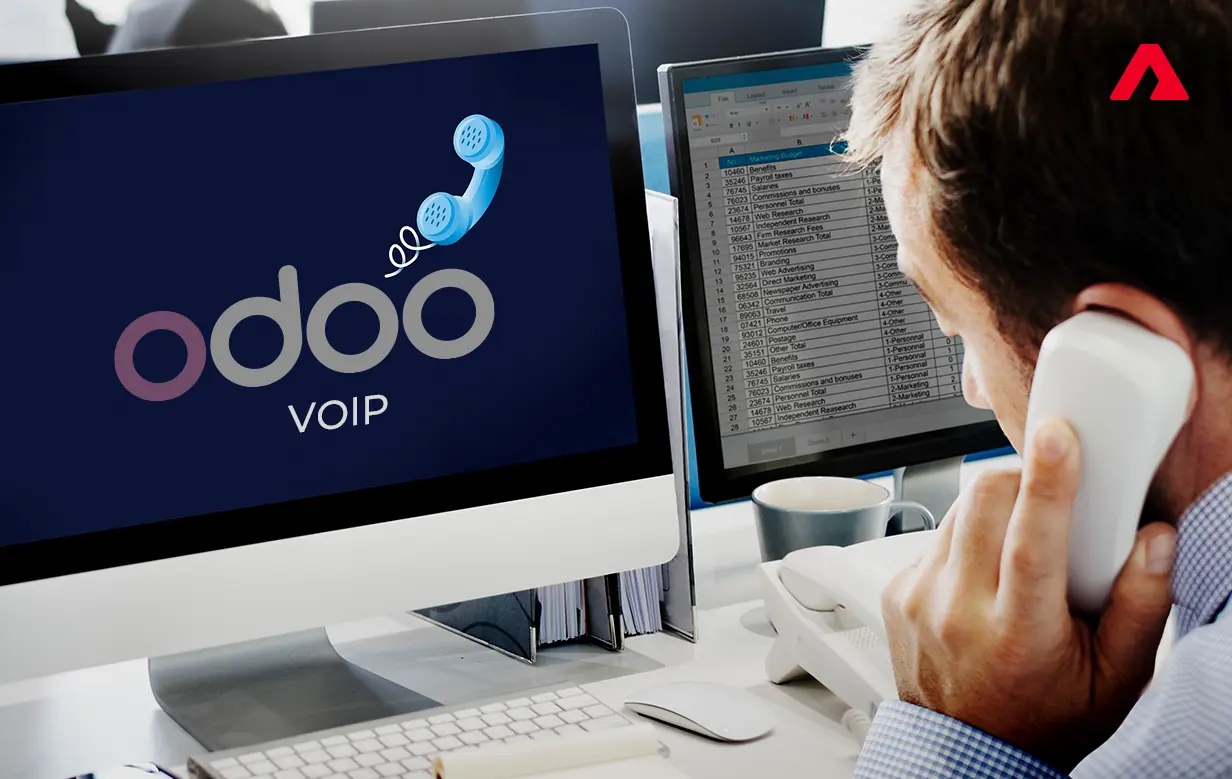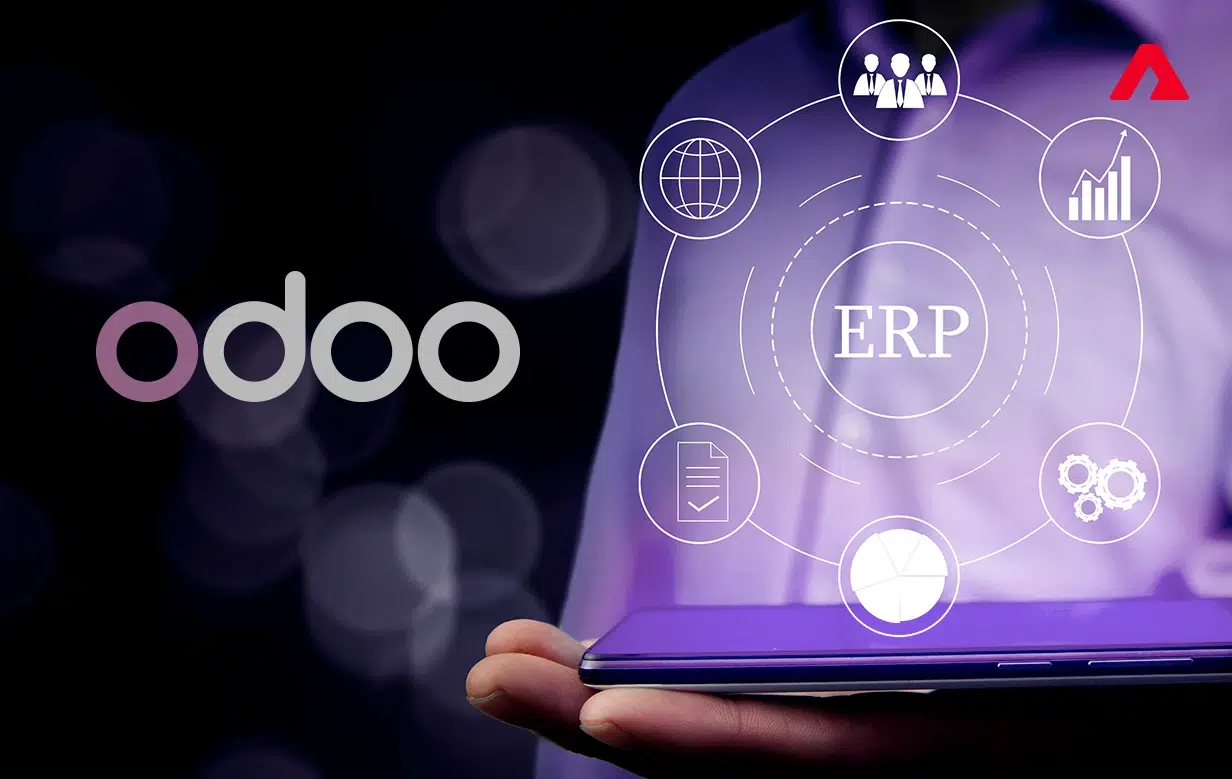Cloud computing has been here since the 1950s when mainframe computers were invented.
Since the last decade, it has seen huge growth at both enterprise and consumer levels. It has evolved rapidly.
A lot more focus and hard work were put towards coding instead of giving it to both infrastructure and code.
This technology has come a long way. From not having physical contact and being a virtual machine to not even requiring a server and going server-less.
Companies can now manage all their databases, deployments, applications, and caches.
Some of the more interesting trends you can see in future within organizations are:
1. Backup and Disaster Recovery
There are many instances of data outages, Cyber-attacks, and system failures in businesses.
Many businesses have fallen to the trap of losing critical data files due to server crashes. To avoid loss of critical data backup, disaster recovery is becoming popular.
As per Spiceworks – Backup and Disaster Recovery have assigned 15% of the cloud budget. It is the highest budget allocation in a business.
This is because the backup and disaster recovery acts as a recovery strategy. On losing original files, the system replicates the files from the electronic records. It saves it and saves it on an external cloud server.
Backup and recovery are the two options that the cloud brings together. In case an error occurs or the server crashes; the recovery mechanism can recover lost data.
According to Microsoft, cyber threats and data loss are common. You devise a recovery plan on losing data or when there is a security compromise. It ensures that no critical processes get affected by the organization.
2. Hybrid/ Multi-Cloud Solutions
A combination of a third-party service and a private cloud, is defined as Hybrid cloud computing.
It shifts workloads between public and private that gives the users more flexibility according to their computing needs.
Apart from its many benefits, the market of hybrid cloud is about to grow to $97.64 billion by the year 2023.
Companies like Amazon and Microsoft are investing in these hybrid cloud computing services.
There is enhanced security you get with Hybrid cloud computing services. These include consistent server reliability, top performance, SaaS capabilities, and customizable capabilities.
The reduced cost and flexibility are the two major benefits that make this system fit for growing business.
3. AI Platform
AI is the most important trend to look forward to in this cloud platform. Tech Giants are implementing this technology to improve their functioning.

Computing mechanisms are enhancing their functions using artificial intelligence. Businesses can simplify their processes.
This framework is also useful to them. Using this technology, they can scale and acquire the changing needs of the business.
Better business functioning and improved efficiency make AI a future cloud computing trend.
According to IBM, 65% of organizations state that for their strategy and success AI is important.
4. Service Mesh
It is necessary to ensure that the platform has a safe and fast communication environment. It is due to the complexity of cloud platforms.
A service mesh can make the cloud platform secure and dynamic. It provides an entire layer for service-to-service communication.
This feature is very critical to this platform. When cloud ecosystems evolve and grow; mesh can fulfill the requirements within this platform. It is usually the access to various policies from service identity.
Most of the application network functions from the service code. It can be dismantled by this service mesh by making a network communication infrastructure to reduce your network functions.
5. Edge Computing
Edge Computing can be regarded as a method to optimize this computing network system by processing data at the edge of the network which is near the source of the data.
It can be used in servers in real-time which not only stores data for the long term but also processes less time-sensitive data.
If IT and telco unite then 2019 will see the time of edge computing in the limelight.
This would make businesses run their functions easier with the help of new technologies. And computing power will provide a new set of opportunities for them.
Edge computing will provide real-time information and data analysis alongside IoT devices being on a massive increase. It will also streamline the flow of traffic from IoT devices.
Gartner has statistically proven this statement as in the year 2020 there will be 5.6 billion IoT devices owned by the government and enterprises which will utilize the data processing and collection.
6. IoT Platform
Another great trend in this technology is the rise of the IoT platforms. According to Gartner, the numbers in the connected things will go up to 25 billion by 2021 from 14.2 billion which is in 2019.
Cloud-based applications and services can be enabled if an IoT platform is established in an organization that works with standard devices.
With a remote device configuration and smart device management, IoT collects data from the connected devices and acts as a mediator between them.

This technology sends out real-time alerts that self-manage itself and give alerts to troubleshoot issues in the system.
This technology is also able to make smart predictions and issue industry-grade protocols through monitoring organization processes.
Hence, this smart connectivity makes IoT one of the most reliable trends of cloud computing services.
7. Server-less Architecture
In a server-less architecture, there are no hurdles. Which is usually there with ideal IT infrastructures.
You do not have to purchase the servers to run your data. It instead lets a third-party handle it for you while your organization tackles other tasks.
There are many advantages of server-less architecture. Some of them include reduced liability, better offline experience, easy operational management, reduced costs, and no system administration.
With the evolution of a shared economy, the server-less architecture concept came into existence. It starts working well also. It is a trend this year because of its cost-effectiveness.
Lamba supports AWS in this particular area which favors them by 77% of IT heads than other server-less technologies.
8. Cloud Security
Data theft, leakage, and deletion- security is a big challenge for even traditional IT infrastructures. Cloud service providers need to increase their security system as many more companies are moving their businesses to this platform.
They all need an airtight security system to ensure the safety of their client’s data.
Security has become a necessity for every business. It’s not just a trend this year. Due to the establishment of General Data Privacy and Management in late 2018, there are many challenges for this technology security.
Hence in 2019, there was a huge demand for checking the data practices. It should follow GDPR and other compliances for security providers.
9. DevSecOps
This platform may offer users with abundant features and simple experience. But it also comes with many security risks.
Some of these risks include illegal invasion, side-channel attacks, and abuse of these services. It also includes network eavesdropping, virtualization vulnerabilities, and denial of service attacks.
Data security is a big challenge that many companies look at. They try to avoid using the service as much as possible if not completely.
This is where DevSecOps comes into play. DevSecOps is a process of building infrastructure security from the beginning.
By adding security controls and processes into the workflow, it automates the core security tasks.
SumoLogic states that about 45% of organizations think it’s a good idea to adopt a DevSecOps methodology. It can help to adapt to their primary organizational changes and improve the security for these services.
Developers must ensure that the users have a security system to work with. And DevSecOps makes it all the more possible.
10. Open Source
Cloud computing agencies are evolving rapidly and moving towards innovation and collaboration.
Today many organizations are looking to hire an Open Source cloud computing service for their business by realizing the shift in the management of these services.
Open Source cloud’s goal is to be accessible by anyone. As anyone from any company can customize it and shape its infrastructure based on its specific needs.
Businesses can see numerous benefits from cloud computing that is open-source. You can add features and scale it quickly to align with your infrastructure due to its open-source status. There are also chances of fewer security concerns.



 contact@atharvasystem.com
contact@atharvasystem.com
 Insurance
Insurance


























